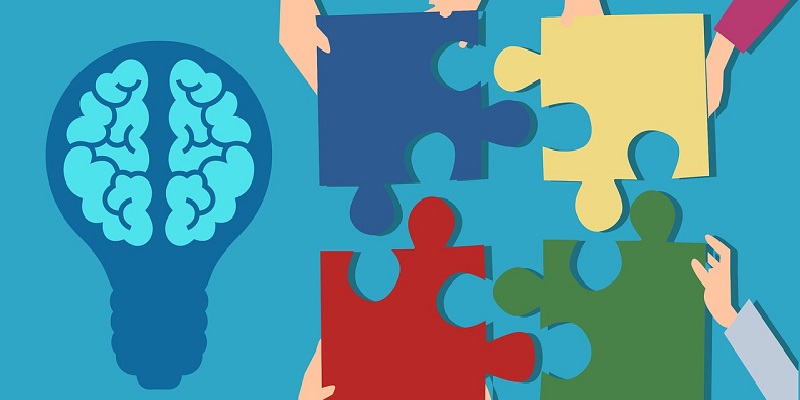
Education is an important part of life for everyone, and a good education plays a vital role to have a successful life. In order to improve the education system for the students, there are always a lot of changes happening around the world, ranging from the way of teaching to the type of curriculum. Artificial Intelligence (AI) is a thriving technology that is being used in almost every field and is changing the world. Artificial Intelligence in Education has become a hot topic because it ...
SUBMIT REVIEW
Please email us: editor.rajagirimedia@gmail.com